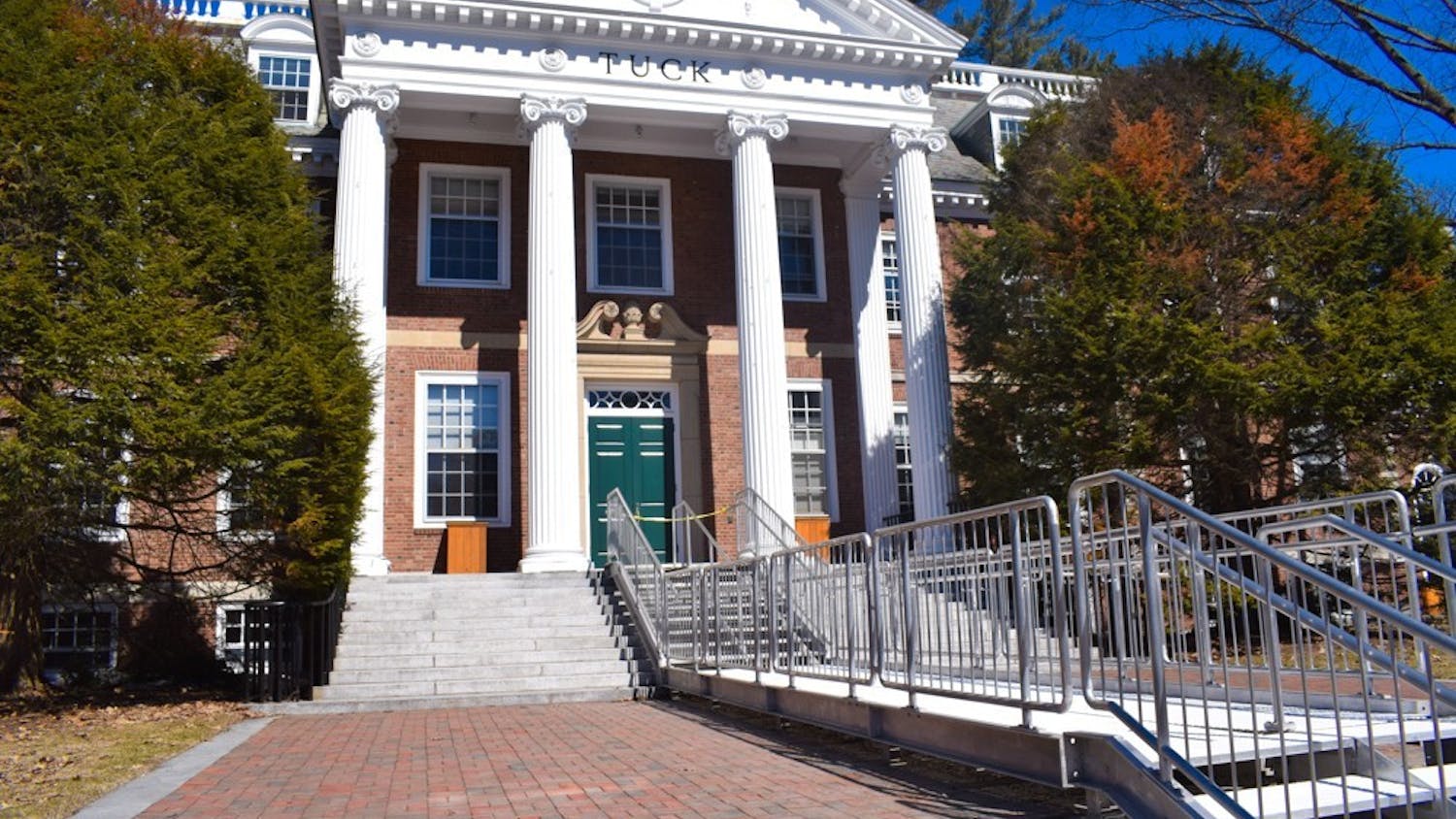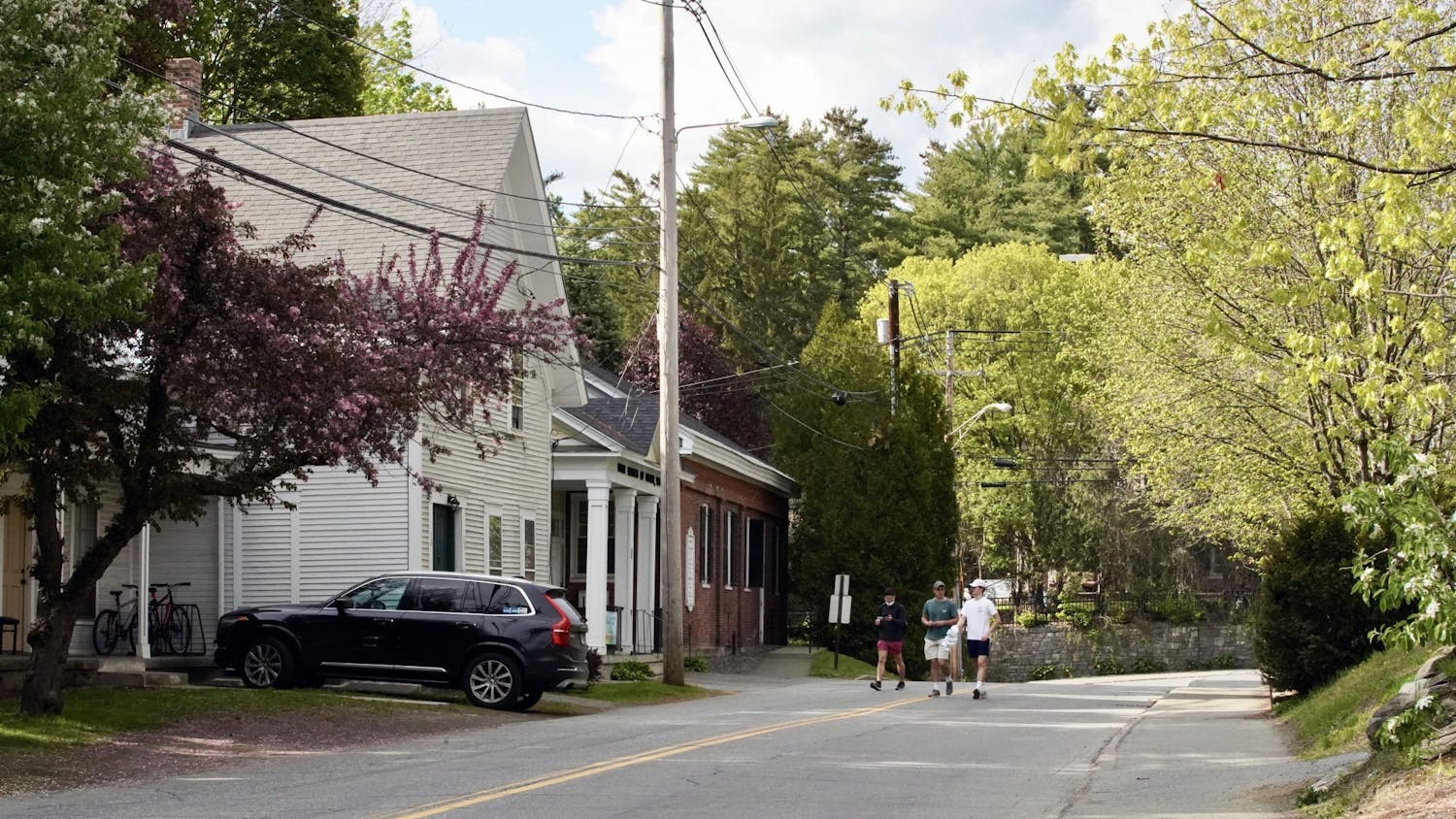This article is featured in the 2021 Spring special issue.
Upper Valley and Hanover vaccination efforts continue, focused around special efforts to vaccinate vulnerable portions of the population.
According to data from the CDC, in Grafton County, some 51% of those 18 and over — and 83% of those 65 and over — have been fully vaccinated as of May 20. The effort to immunize the population, according to executive director of the public health council of the Upper Valley Alice Ely, has been driven by state-run vaccination clinics and supplemented by regional health networks.
“We don’t have public health departments at the regional or local level in New Hampshire as they do in other parts of the country,” Ely said.
Instead, Ely explained that the state has 13 regional public health networks tasked with a number of responsibilities, including responding to public health emergencies. On the New Hampshire side, the public health council of the Upper Valley has been organizing vaccination efforts in 12 towns, she said. In Vermont, according to Ely, the council oversees public health initiatives in 22 communities, although most vaccination efforts are being run by the state.
In New Hampshire, Ely said the earliest vaccination efforts started through a partnership with Walgreens pharmacy that brought doses to elderly Granite Staters living in nursing homes and other long-term care facilities. Now, she said many state-run clinics provide the vaccine, including the nearby state-run operation in the West Lebanon J.C. Penney.
According to Ely, regional public health networks, like the one under her direction, have been holding vaccination clinics at housing communities where older adults live in close proximity, such as Quail Hollow in West Lebanon or Rogers House in Lebanon. She said these apartment complexes “cater to older adults,” but did not qualify for the first efforts under the Walgreens partnership.
Ely added that the public health network has also worked to vaccinate front-line workers, low-income communities and ethnic or language minority communities in the area.
“We have some low-income housing communities around our region, where people have barriers in transportation or access to the internet,” she said. “Early on, the public health region was able to take [the vaccine] to homeless shelters, food shelves and some residential facilities for adults with disabilities.”
Enfield resident Donna Ayres said that she became eligible in late February as a senior citizen and signed up on the “first day.”
“We waited 20-30 minutes for the website to work,” she said. Since booking that first appointment with her husband, Ayres said they have completed their sequence of the Pfizer vaccination. She said she received her first shot at the National Guard armory in Lebanon and her second at the West Lebanon J.C. Penney.
Throughout the pandemic, Ayres said she and her husband isolated themselves on their “little farm,” keeping away from Hanover as much as possible to avoid infection.
“I watched case counts; where we live, we could go to either Hanover or New London [for essentials],” she said, adding that now that she is vaccinated, she is more comfortable about returning to Hanover.
Ayres noted that the reduced numbers of students on campus add to her comfort about visiting the college town.
Local mental health therapist Kasey Graben, who lives in Bradford, Vermont, agreed that her vaccine has made her feel more comfortable about visiting Hanover.
“I have only eaten out two or three times over the past year and a half,” she said. “I’ll be more nervous when people do not have to wear masks.” Graben expressed this feeling prior to the CDC’s announcement that vaccinated people do not have to wear masks or socially distance in most settings.
Graben said that the student presence in Hanover did not specifically worry her, noting that her concern instead stemmed from Hanover being a “highly populated town” for the region.
Hanover town manager Julia Griffin said that as upwards of 80% of the most vulnerable members of the Hanover population have been vaccinated — those over 65 — she has received fewer worried messages from residents about student behavior.
“Peoples’ concerns about the student population as a portion of our own population and the potential for student social interaction to lead to more COVID cases, that concern was extremely high starting last summer, through the fall and into the winter,” she said. “Then, vaccinations were available, and as our most at-risk population got their vaccines, they stopped worrying so much.”
Griffin said she measures local concern by the number of email and phone messages she receives from angry or concerned Hanover residents reporting student gatherings.
“Even on a sunny day in October, when students were on the Green, masked, I would get emails from people saying, ‘Have you seen the Green today?’” she said.
Like Ely, Griffin emphasized local vaccination efforts for targeted groups, which she said followed an initial period when the state of New Hampshire “tightly” controlled vaccine distribution. She said that since January, more supplies have “entered the pipeline.”
“We ran closed points of distribution for vaccines for targeted groups,” she said. “We targeted school teachers, frail individuals who had trouble getting to the sites, medical care providers at the hospitals and ultimately the College was able to set up a specific clinic to provide enough doses to students for those who want a vaccine on campus.”
Hanover health officer Michael Hinsley said that he capitalized off of existing relationships with off-campus student residents in Hanover when it came time to vaccinate. Hinsley said he had forged those relationships as the key local official enforcing isolation and quarantine in the houses during early March.
Hinsley said that initially, the governor of New Hampshire made it difficult for out-of-state Dartmouth students to receive the vaccine, a message which Griffin echoed. After hearing that some New Hampshire Walmarts were lax on checking documents, however, he said he helped spread the word to students looking to get their first doses — all in the name of vaccinating as many students as possible.
“My job as a health officer is to keep the citizens of the town of Hanover safe and healthy,” he said. “The citizens of the town of Hanover include Dartmouth students.”
Hinsley also noted that he worked with existing community organizations like churches, speaking to religious leaders about the latest vaccination news.
“You don’t need to know everybody. You just need to know five, or six or nine people who know everybody,” he said.
Ely described vaccination as a “community gift” and said that even young people at low medical risk of complications from COVID-19 should make the effort to be vaccinated. She noted that in addition to reducing vaccine hesitancy, a primary goal of the public health network is vaccinating those who are “not so great at planning ahead.”
“We have to be where people are and just wave them in and say, do you want a COVID vaccine?” she said, referring to the increasing need for walk-in vaccination clinics.
Griffin said that she plans on seeing a “high uptake rate” of vaccinations among Dartmouth’s student body, encouraged by Dartmouth’s general requirement of vaccination by September.
“The good news across the US in general is that in academic communities, you see high rates of vaccination acceptance,” Griffin said.




